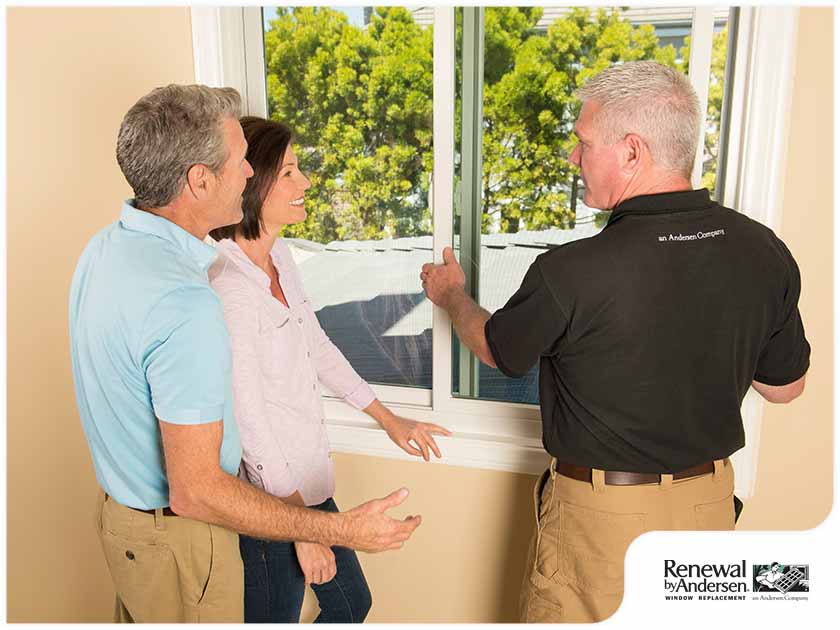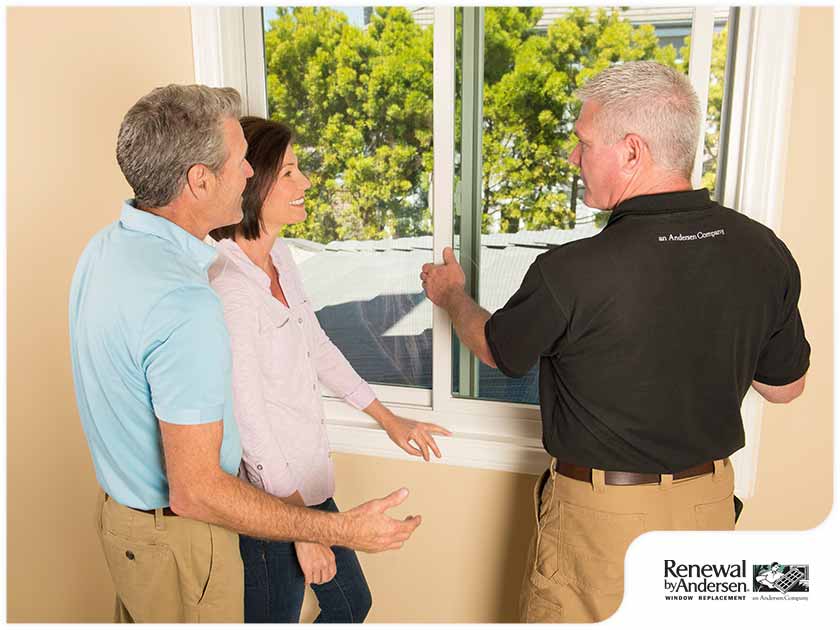

Energy-efficient windows are a necessity nowadays. They not only help improve indoor comfort but also help lower household electricity costs. Don’t underestimate how much you can save on heating and cooling costs by installing an energy-efficient window replacement. According to the Department of Energy, windows are responsible for 25%–30% of residential heating and cooling energy use. However, not all energy-efficient windows are manufactured equal. Some can offer more energy savings than others.
To help you maximize your energy savings from an energy-efficient window, Renewal by Andersen® of Knoxville compiled a FAQ.

Insulated glass units are a relatively common feature in modern windows. The term insulated glass is a bit of a misnomer—the only insulation in an insulated glass are the ones separating the two glass panes at the edges. The space between the two spaces is filled with either argon or krypton, inert gases that can prevent heat transfer. There’s no need to worry about these gases leaking out of the sealing: they’re non-toxic and odorless.
You’ll notice the insides of the glass panes are starting to fog up. As argon and krypton leak from the insulated glass unit, moisture enters and fogs up the glass. Contractors recommend getting a window replacement if the glass sealing of the insulated glass unit is damaged.
Do you really need a window replacement? Wouldn’t it be more cost-effective to have the energy-efficient window repaired instead? Well, you can always have the insulated glass unit defogged to remove moisture and have the sealing fixed. However, there’s no way to refill the glass unit with argon and krypton. Even if the window leaks are fixed, your window will have a lower R-value or insulative capabilities. That’s why it’d be more cost-effective to install new energy-efficient windows?
While looking for new windows, you might come across a feature called Low-E or low-emittance glass. Low-E glass reduces glare and prevents ultraviolet rays and heat from the sun from entering your home, making it an essential feature for double-hung windows or any window with a wide glass area for that matter.
Renewal by Andersen® offers Low-E glass options as well as a wide range of energy-efficient glass options. Our most energy-efficient option is our High Performance™ Low-E4® glass, which compared to a conventional dual-pane window, is 70% and 45% more energy-efficient in summer and winter, respectively.
Keep in mind that one or two green features aren’t enough to make a window energy-efficient. When choosing new double-hung or casement windows for your home, you need to examine a window’s total performance. One way of doing that is to look for the ENERGY STAR label. Only windows that have met the EPA’s stringent performance standards are certified by this government-run program.
How can you choose a window from dozens that have the ENERGY STAR label? By checking the National Fenestration Rating Council (NFRC) ratings beneath the ENERGY STAR label.
The two most important ratings on the label are the U-factor (which gives you an idea of a window’s insulative capabilities) and the solar heat gain coefficient (which indicates how much sunlight can pass through a window). The higher a window’s U-factor is, the better its insulative capabilities. The lower a window’s SHGC, the less heat that can pass through its glass panes. For southeastern areas with temperate climates, windows with a low U-factor and a high SHGC are the most ideal. The low U-factor ensures heat doesn’t escape your home in winter while a high SHGC ensures you get to maximize the natural lighting provided by casement windows in summer.
Renewal by Andersen of Knoxville customizes each window according to our customers’ needs and preferences. Our catalog also has a wide variety of window styles, including casement and double-hung windows. To schedule a free consultation, call us at (866) 609-5033 or fill out this form. We also offer virtual consultations. We serve homeowners in Knoxville, TN, as well as the surrounding communities in Tennessee.